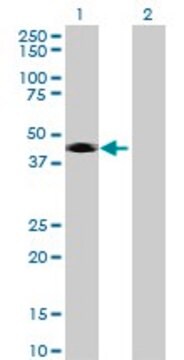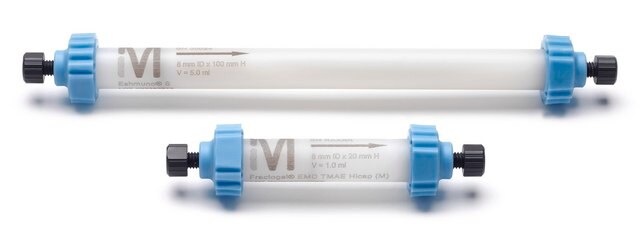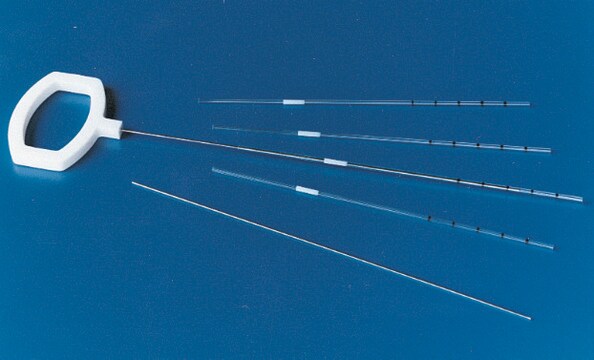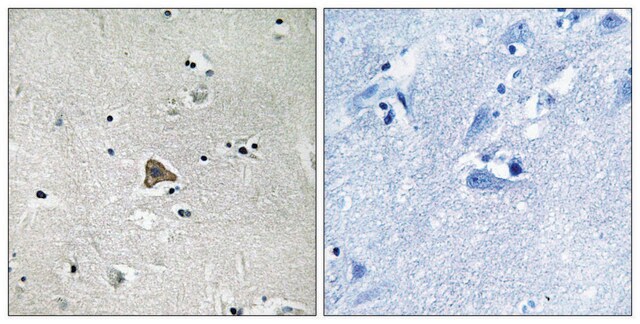Kluczowe dokumenty
D2191
Monoclonal Anti-DC-SIGN1 antibody produced in mouse
clone 120507, purified immunoglobulin, lyophilized powder
Synonim(y):
Anti-CD209, Anti-Dendritic Cell-Specific ICAM-3 Grabbing Non-Integrin
About This Item
Polecane produkty
pochodzenie biologiczne
mouse
Poziom jakości
białko sprzężone
unconjugated
forma przeciwciała
purified immunoglobulin
rodzaj przeciwciała
primary antibodies
klon
120507, monoclonal
Formularz
lyophilized powder
reaktywność gatunkowa
human
metody
flow cytometry: 2.5 μg using 106 cells
immunocytochemistry: 8-25 μg/mL
immunohistochemistry: 8-25 μg/mL using fixed cells and tissue sections
western blot: 1 μg/mL
izotyp
IgG2b
numer dostępu UniProt
temp. przechowywania
−20°C
docelowa modyfikacja potranslacyjna
unmodified
informacje o genach
human ... CD209(30835)
Opis ogólny
Specyficzność
Immunogen
Zastosowanie
Działania biochem./fizjol.
Postać fizyczna
Oświadczenie o zrzeczeniu się odpowiedzialności
Nie możesz znaleźć właściwego produktu?
Wypróbuj nasz Narzędzie selektora produktów.
Kod klasy składowania
11 - Combustible Solids
Klasa zagrożenia wodnego (WGK)
WGK 1
Temperatura zapłonu (°F)
Not applicable
Temperatura zapłonu (°C)
Not applicable
Środki ochrony indywidualnej
Eyeshields, Gloves, type N95 (US)
Wybierz jedną z najnowszych wersji:
Masz już ten produkt?
Dokumenty związane z niedawno zakupionymi produktami zostały zamieszczone w Bibliotece dokumentów.
Nasz zespół naukowców ma doświadczenie we wszystkich obszarach badań, w tym w naukach przyrodniczych, materiałoznawstwie, syntezie chemicznej, chromatografii, analityce i wielu innych dziedzinach.
Skontaktuj się z zespołem ds. pomocy technicznej

![Monoclonal Anti-DC-SIGN [8B6] antibody produced in mouse affinity purified immunoglobulin (IgG)](/deepweb/assets/sigmaaldrich/product/images/408/054/2fea9b2a-f2f3-4f45-8c12-4b9ba364f5f6/640/2fea9b2a-f2f3-4f45-8c12-4b9ba364f5f6.jpg)





